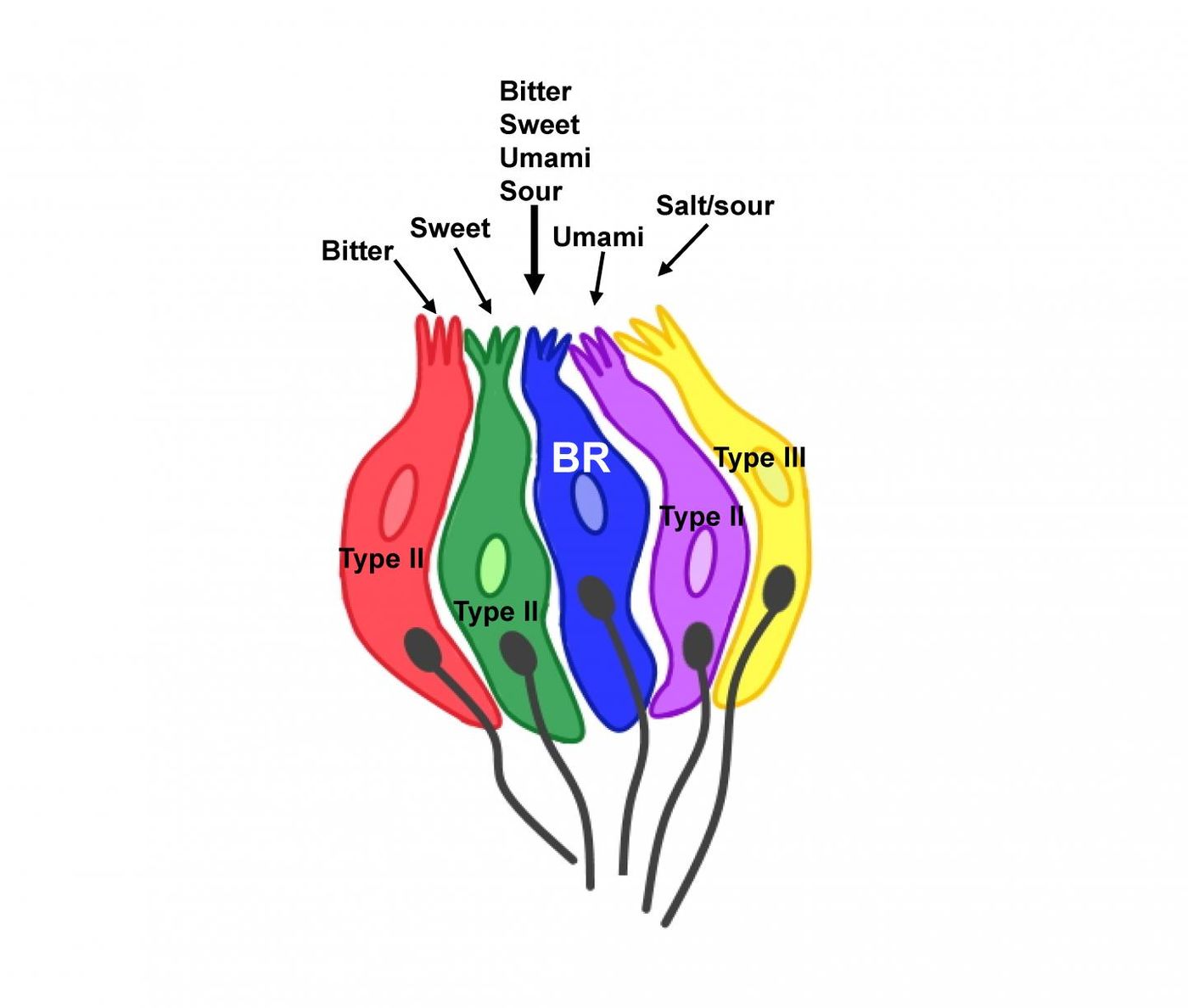A New Kind of Taste Cell is Discovered
Once, it was thought that the tongue had zones that sensed different tastes. Researchers eventually found that taste cells (also called gustatory cells) are bundled into taste buds that detect various flavors like sweet, sour, bitter, salty, or umami. The buds, which contain different groupings, can then detect a variety of tastes. When stimulated, the nerves in taste buds send signals to the brain about the flavor of what's being eaten. These taste buds are distributed all over the tongue. Scientists have now learned more about the sensation of taste; they've discovered a new kind of cell that can detect several of the different taste stimuli. The findings have been reported in PLOS Genetics.
It's important for animals to be able to detect flavors; they can help organisms including people make decisions about whether something is safe to eat, might provide nutrients, or be dangerous. There are three kinds of cells that are involved in sensing flavors. Type I taste cells act to support the buds (illustrated in the image below), Type II cells can detect bitter, sweet, and umami flavors, and Type III taste cells are able to sense sour and salty flavors.
In this work, the researchers utilized mouse models that were created to study the perception of flavor. They revealed a new kind of Type III cell that responded broadly to different taste stimuli, and were able to send signals to the brain about sour tastes through one pathway, and sweet, bitter, and umami flavors through another.
"Taste cells can be either selective or generally responsive to stimuli which is similar to the cells in the brain that process taste information," commented the leader of the study Kathryn Medler of the University at Buffalo. "Future experiments will be focused on understanding how broadly responsive taste cells contribute to taste coding."
The suggestion that there are taste cells that are broadly responsive is not a new one, but this study is the first that has identified their existence. The work can help us learn more about how taste signals are sent to the brain, and it may be more complex than we appreciated.
Sources: AAAS/Eurekalert! Via PLOS, PLOS Genetics










